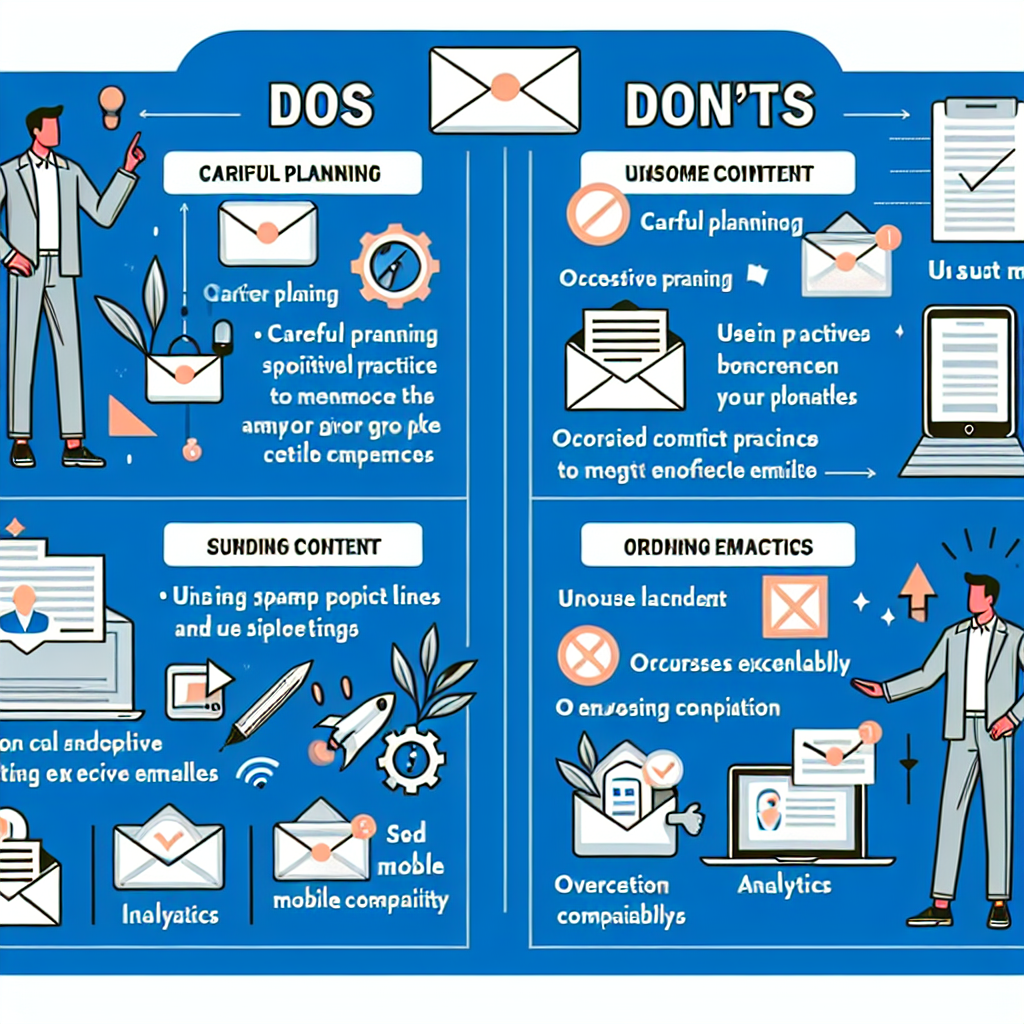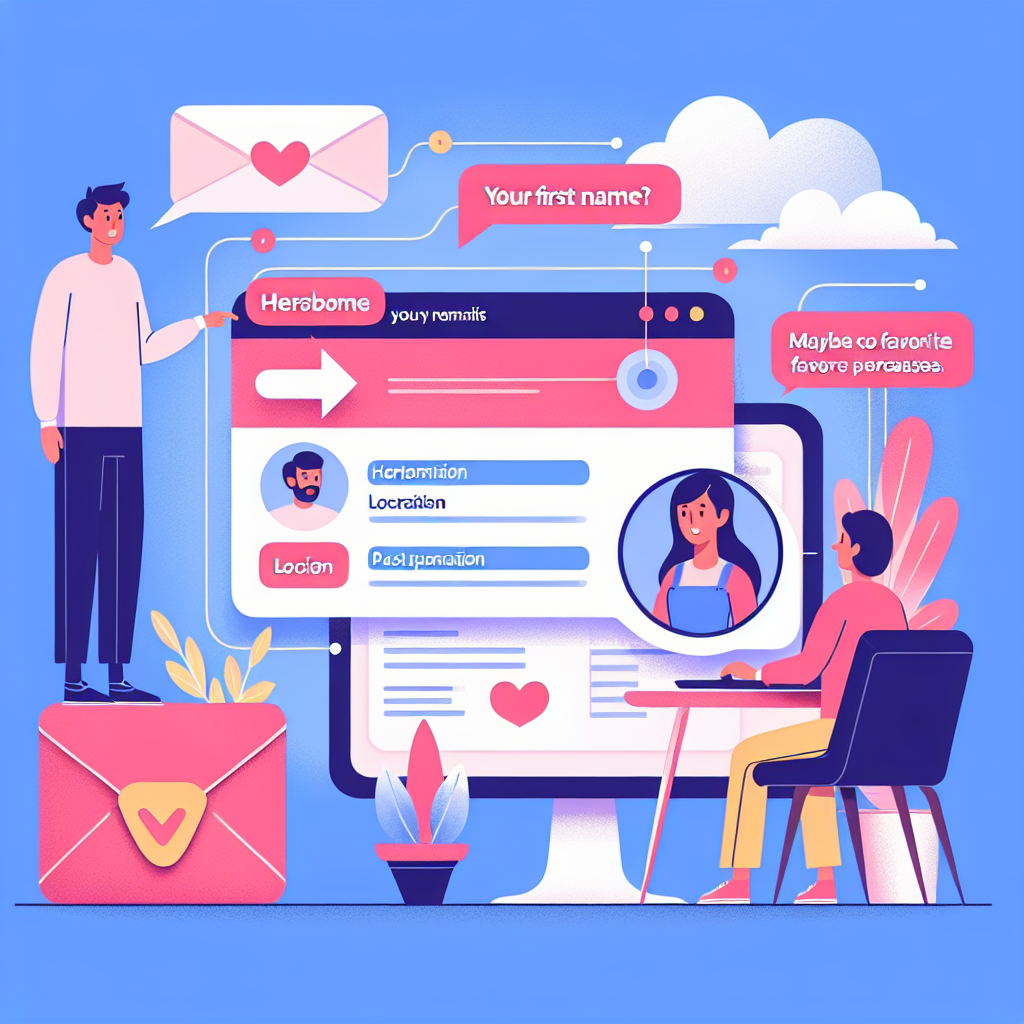Effective Funnel Building: A Blueprint for Success
In the world of digital marketing, the term “funnel” is often used to describe the process of guiding potential customers through a journey that ultimately leads to a conversion. Building an effective funnel is critical for the success of any business, as it helps to optimize the customer journey and maximize the chances of turning leads into paying customers.
In this comprehensive guide, we will delve into the essential components of a successful funnel, provide actionable tips for optimizing each stage, and explore real-world examples to illustrate the concepts. Whether you are new to funnel building or looking to improve your existing strategies, this blueprint will equip you with the knowledge and tools needed to achieve success.
Understanding the Sales Funnel
A sales funnel is a visual representation of the steps that potential customers go through before making a purchase. It typically consists of four main stages: Awareness, Interest, Decision, and Action. Each stage has its own unique purpose and requires specific strategies to effectively guide prospects towards conversion.
1. Awareness
The awareness stage is the top of the funnel, where potential customers first become aware of your brand or product. At this point, they may not yet have a strong interest or intention to buy. The goal here is to capture their attention and generate interest.
Strategies for the awareness stage include:
- Content Marketing: Create valuable and informative content that addresses the pain points and needs of your target audience. Blog posts, videos, infographics, and social media posts are effective formats.
- SEO: Optimize your content for search engines to increase visibility and attract organic traffic. Use relevant keywords, meta descriptions, and high-quality backlinks.
- Paid Advertising: Utilize paid advertising channels such as Google Ads, Facebook Ads, and LinkedIn Ads to reach a broader audience and drive traffic to your website.
2. Interest
Once potential customers are aware of your brand, the next step is to foster their interest. This stage involves nurturing leads and providing them with more information about your products or services.
Strategies for the interest stage include:
- Email Marketing: Build an email list and send targeted email campaigns that provide valuable content, special offers, and updates about your products or services.
- Lead Magnets: Offer free resources such as eBooks, webinars, or whitepapers in exchange for contact information. This helps to capture leads and build a relationship with potential customers.
- Retargeting: Use retargeting ads to remind potential customers about your brand and encourage them to return to your website.
3. Decision
In the decision stage, potential customers are evaluating their options and considering whether to make a purchase. Your goal is to provide them with the information and incentives they need to choose your product or service.
Strategies for the decision stage include:
- Product Demos: Offer free trials, product demos, or live demonstrations to showcase the value and benefits of your product.
- Case Studies and Testimonials: Share success stories and testimonials from satisfied customers to build trust and credibility.
- Comparisons: Provide detailed comparisons between your product and competitors’ offerings to highlight your unique selling points.
- Special Offers: Create limited-time promotions, discounts, or bundles to incentivize purchase decisions.
4. Action
The action stage is where the conversion happens. This is the point at which potential customers take the desired action, such as making a purchase, signing up for a service, or filling out a contact form.
Strategies for the action stage include:
- Clear Calls-to-Action (CTAs): Ensure that your CTAs are clear, compelling, and prominently displayed on your website and marketing materials.
- Streamlined Checkout Process: Simplify the checkout process by minimizing the number of steps and providing multiple payment options.
- Follow-Up: Send confirmation emails, thank-you messages, and follow-up communications to reinforce the purchase decision and build customer loyalty.
Measuring Funnel Performance
To ensure the success of your funnel, it is essential to continuously measure and analyze its performance. Key metrics to track include:
- Conversion Rate: The percentage of visitors who complete the desired action at each stage of the funnel.
- Customer Acquisition Cost (CAC): The total cost of acquiring a new customer, including marketing and sales expenses.
- Customer Lifetime Value (CLV): The total revenue generated from a customer over the duration of their relationship with your brand.
- Drop-Off Rate: The percentage of prospects who leave the funnel at each stage without converting.
By regularly monitoring these metrics, you can identify areas for improvement and optimize your funnel for better performance.
Real-World Examples of Effective Funnels
To illustrate the concepts discussed, let’s explore a few real-world examples of companies that have successfully implemented effective funnels.
Example 1: HubSpot
HubSpot, a leading provider of inbound marketing and sales software, has a well-structured funnel that effectively guides prospects through the customer journey.
HubSpot’s funnel includes:
- Awareness: HubSpot offers a wealth of free resources such as blog posts, eBooks, and webinars to attract and engage potential customers.
- Interest: They use lead magnets, such as free CRM tools and marketing templates, to capture leads and nurture interest.
- Decision: HubSpot provides product demos, case studies, and customer testimonials to help prospects make informed decisions.
- Action: They offer clear CTAs, a streamlined sign-up process, and follow-up communications to ensure a smooth conversion experience.
Example 2: Amazon
Amazon, the e-commerce giant, has a highly effective funnel that drives millions of conversions every year.
Amazon’s funnel includes:
- Awareness: Amazon uses a combination of SEO, content marketing, and paid advertising to attract a massive audience to their platform.
- Interest: They offer personalized product recommendations, customer reviews, and detailed product descriptions to nurture interest.
- Decision: Amazon provides competitive pricing, fast shipping options, and a seamless checkout process to encourage purchase decisions.
- Action: They use clear CTAs, one-click ordering, and follow-up emails to ensure a smooth and satisfying conversion experience.
Actionable Tips for Funnel Optimization
To optimize your funnel and maximize conversions, consider implementing the following actionable tips:
- Segment Your Audience: Use data and analytics to segment your audience based on demographics, behavior, and preferences. Tailor your messaging and offers to each segment for a more personalized experience.
- A/B Testing: Conduct A/B tests on different elements of your funnel, such as headlines, CTAs, and landing pages, to identify what works best and optimize accordingly.
- Leverage Automation: Use marketing automation tools to streamline lead nurturing, follow-ups, and other repetitive tasks. This allows you to focus on high-value activities and improve efficiency.
- Provide Value at Every Stage: Ensure that you are providing value to your prospects at every stage of the funnel. This builds trust, credibility, and increases the likelihood of conversion.
- Analyze and Iterate: Regularly analyze your funnel performance, gather feedback, and make data-driven adjustments to improve results continuously.
Conclusion
Building an effective funnel is essential for guiding potential customers through the journey from awareness to conversion. By understanding the key stages of the funnel, implementing targeted strategies, and continuously optimizing your approach, you can maximize your chances of success.
Remember, a well-structured funnel not only improves conversion rates but also enhances the overall customer experience. By providing value, building relationships, and addressing the needs of your audience, you can create a loyal customer base and drive sustainable growth for your business.
Start implementing the strategies outlined in this blueprint today, and watch your funnel transform into a powerful engine for success.


